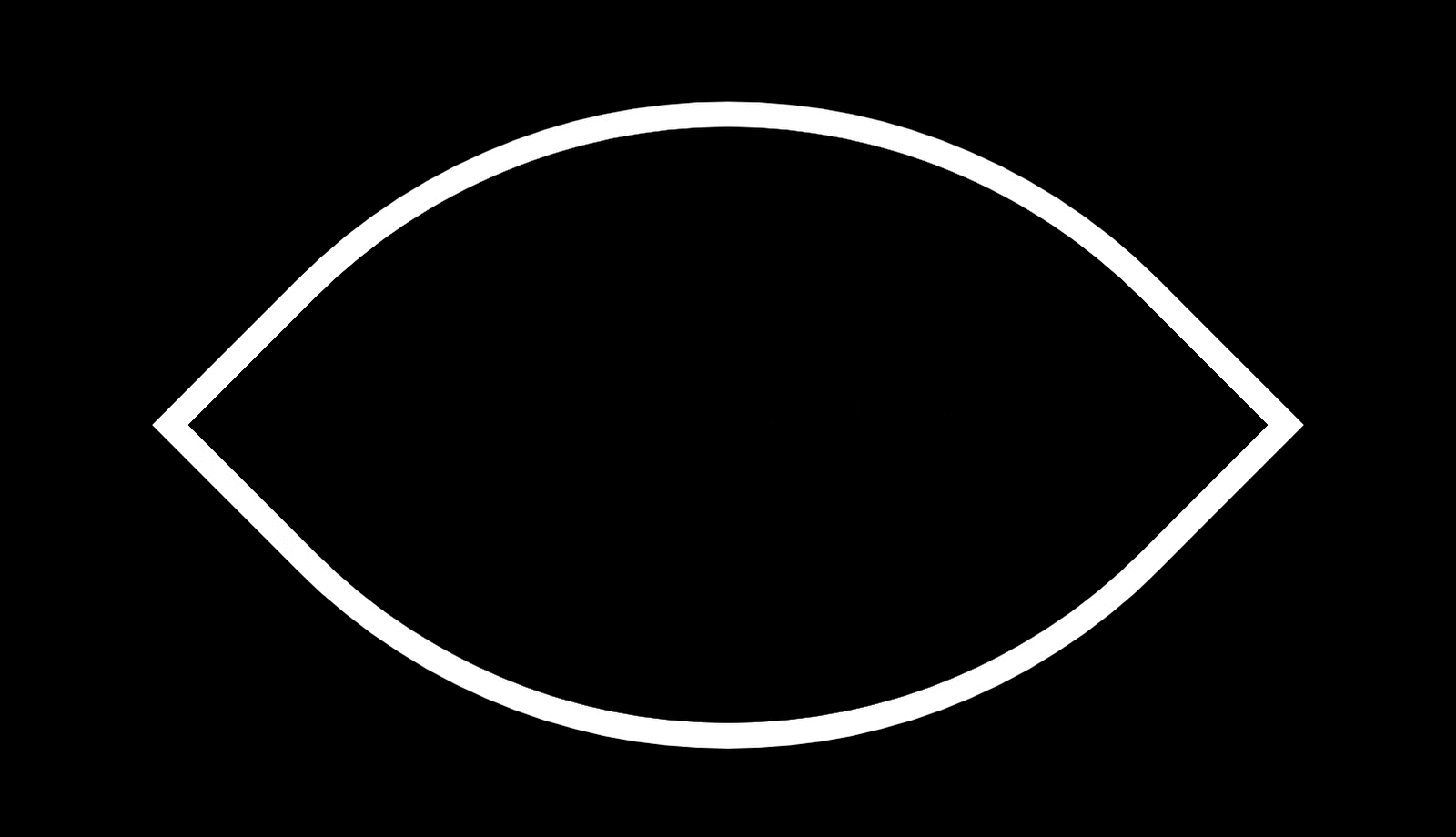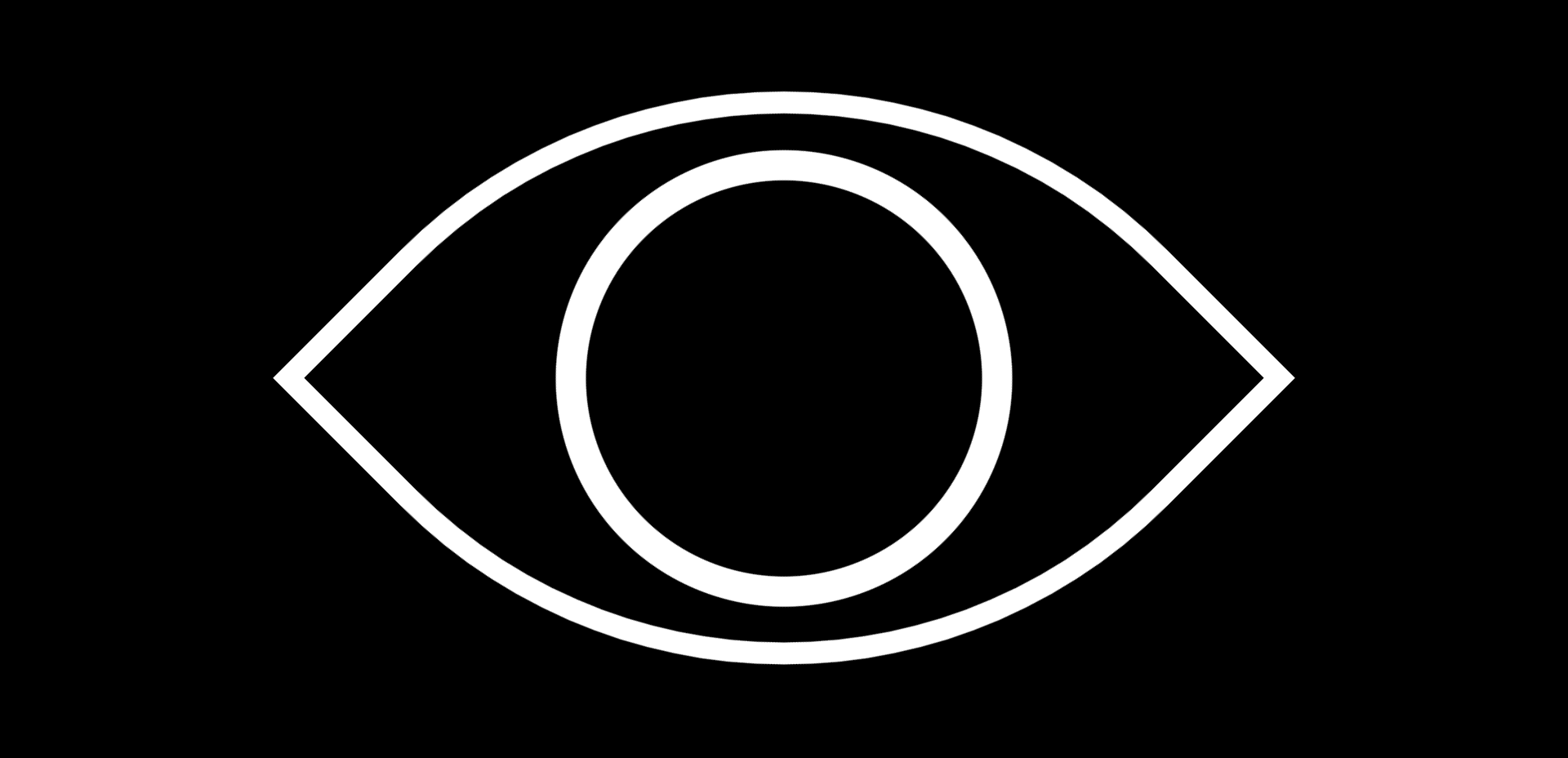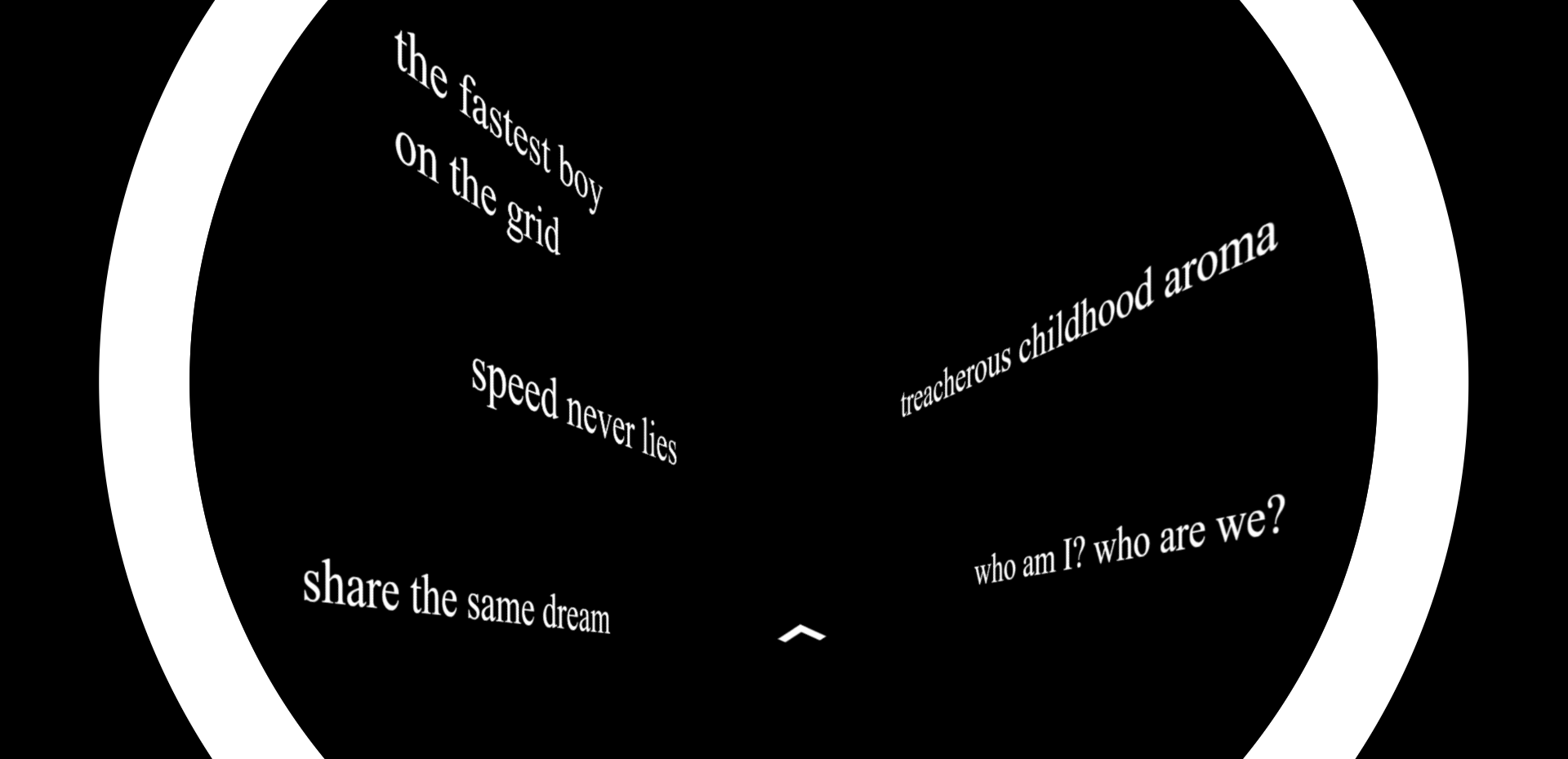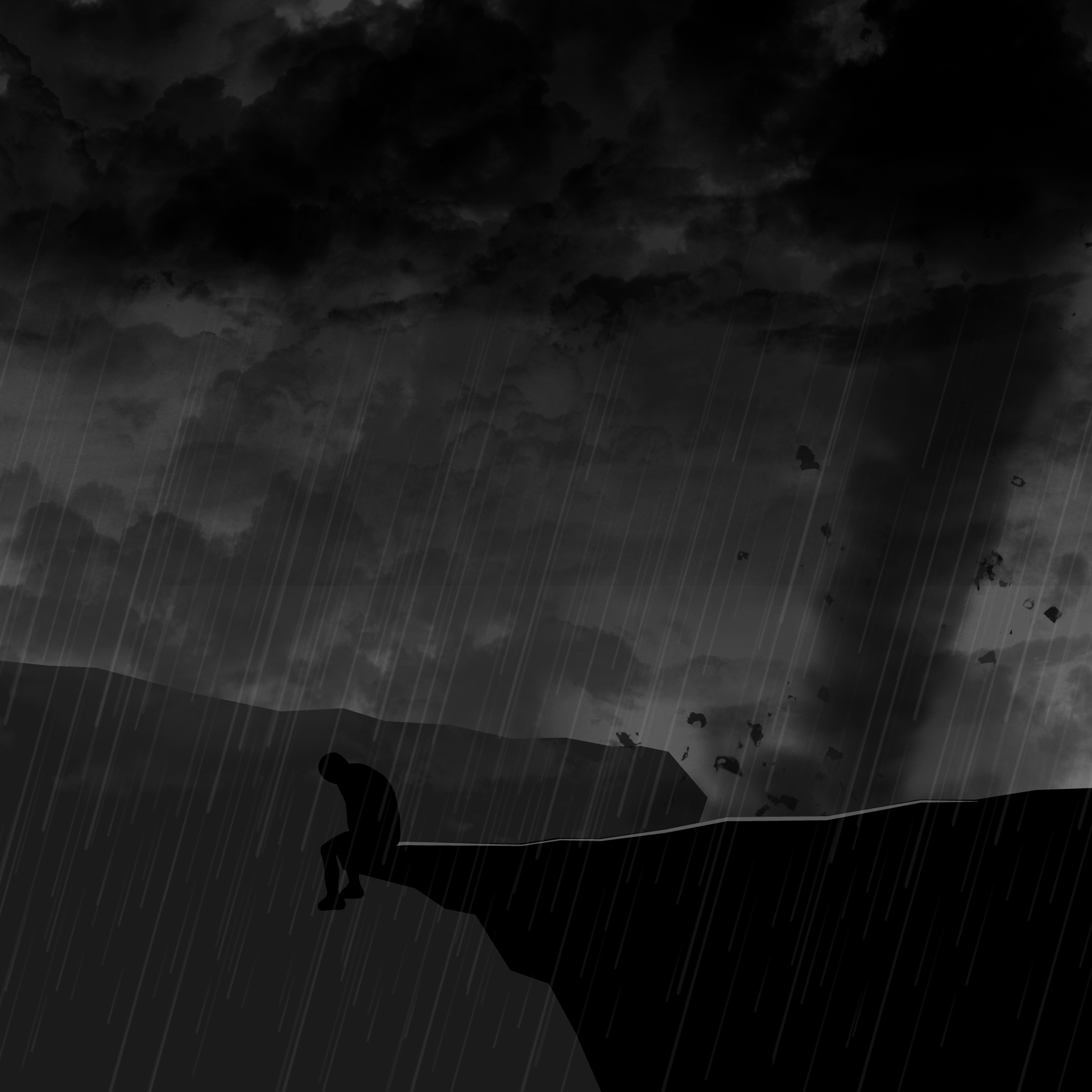THE BOY IN THE ORANGE HELMET
OVERVIEW
This is browser-based storytelling net art that allows viewers to go through the eye and reach the character’s mind. The use of hyperlinked elements will help users navigate through the net art and unfold the narrative delivered, the character’s memory of a childhood friend that passed away.
The development of the net art is supported by the strong foundation of human's memory and the focus on delivering low-impact work to minimalise the digital carbon footprint.

Landing page
CONCEPT
“If any one faculty of our nature may be called more wonderful than the rest, I do think it is the memory.
There seems something more speakingly incomprehensible in the powers, the failures, the inequality of memory, than in any other of our intelligences.
The memory is sometimes so retentive, so serviceable, so obedient - at others, so bewilders and so weak - and at others again, so tyrannical, so beyond control! -
We are to be sure a miracle in every way - but our powers of recollecting and forgetting, do seem peculiarly past finding out”- Jane Austen, Mansfield Park.
The concept of the work is exploited around memory.
Our memory is remarkably good and crucial for our daily lives, even though it is fallible.
It helps us store knowledge, gain experiences, develop and retain skills, learn from mistakes in the past and avoid making them again in the future.

Having a good memory is not only about encoding material well but also being able to retrieve information. Retrieving from long-term memory requires a lot of work and memories can be modified, reconstructed along the way. Memory can fail, can be distorted and people can forget things. We can forget things in different ways including failing to encode them, failing to retrieve them, or experiencing storage decay.
And sometimes, through the process of remembering, one piece of new memory may be interrupted or blocked by an older one, or the other way around, when old memory can interfere with a new piece of memory and indirectly reconstruct it, even turn it into false memory.
No matter how remarkable our brains are, we are unable to remember everything in our lives with equal weight. Emotion can be considered one of the elements that make memory long-lasting, when evidence collected through different studies suggests that emotion slows down the process of forgetting.
Therefore, even though emotional memory will eventually be forgotten, it takes longer for the brain to forget it than the neutral memory.
“If forgetting is the fate of most of our experiences, what makes memory last long?”.
RESULT
The interface of the work is simple, using monochrome tone, not any color else is to keep users focus on the meanings behind those poems, images, and animation without getting distracted by any elements.
The black background of the net art gives feeling of a taciturn atmosphere, which can then be combined with the contents including the poem, the images, the animation to add up the emotion of grief and help it get little more intense.
Besides, the black and white tone also reminds me of silent movies and monochrome imagery from the nineteenth and twentieth century, therefore, the tone brings the nostalgic feeling to, then, indicate something that happened in the past, like memory.

The first click into the open eye is left empty to indicate that the whole net art is made of void, and the void is the reason why the content can be seen. The void here leaves the space for the content of the work to later manifest.
The written contents appear one by one after the second click, along with the arrow placement in perspective, expand into a trail, created by different small pieces of memory inside of the character’s mind. The trail invites users to go through and explore the project, as well as unfold the narrative that was delivered.
Three pages of the memory trail represent three stages of the memory and emotion development. The first stage of the thinking process inside of the character’s mind when all that he recalls at first are the childhood memories they share with each other.
The next one is when he thinks back to the tragedy happened that took his friend away.
The last page shows the battle inside the character’s mind for the emotion to develop from “denying the truth” to “accepting the truth and move on”.


The one-by-one fade-in effect is used for any text in the project to create the slow pace for the whole wor, makes users spend time to look at it and absorb the change of the character’s emotion through phases.
Only some text on the pages are used as hyperlinks, not all of them. It allows users to hover around and explore themselves to see which element includes hidden content.
The net art prioritises the subjectiveness of feelings, users can understand and feel the poems, the drawings, the animation the way they want with their experiences on the project.